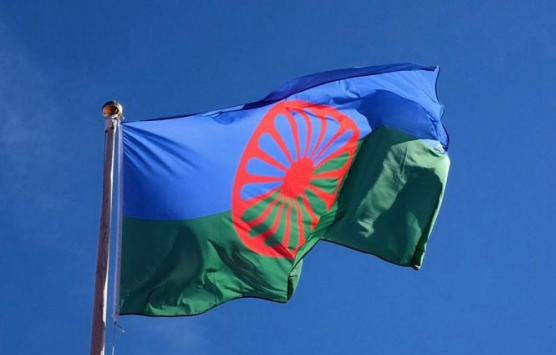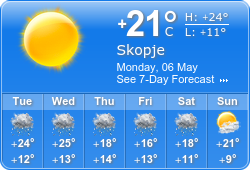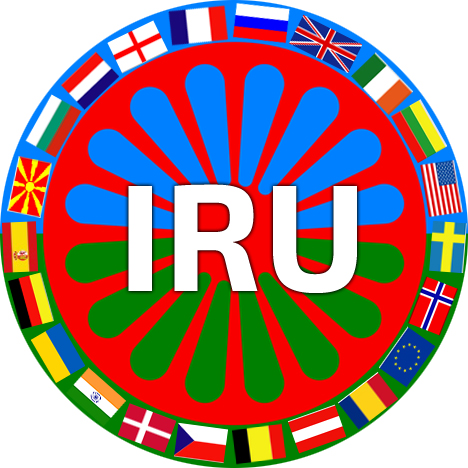Google has announced that it is adding 110 new languages to its translator, including Romani. This major update represents the largest expansion of language support in Google Translate's history and opens up new communication opportunities for more than 614 million people worldwide. Google Translate aims to break down language barriers and help people better understand the world around them. Thanks to the use of advanced artificial intelligence language models, Google has managed to add hundreds of minor as well as major languages to its translator. In addition to Romani, newly supported languages include, for example, Cantonese, Manx, Nko or the Berber language Tamazit. However, the big news is the ability to translate to and from Romani, the language of Romani communities around the world. "This update is welcome and long overdue!" statements from the network of Roma non-profit organizations ERGO Network. Many factors are taken into account when adding new languages to Google Translate, including regional variations, dialects, and different spelling standards. Many languages do not have a single standard form, meaning that there is no "correct" variant. That's why Google tries to prioritize the most commonly used variants of individual languages. "For example, Romani is a language that has many dialects throughout Europe. Our models produce text that is closest to South Olaska Romani (South Olaska), the variety most commonly used on the Internet. However, elements of others are also mixed in them, for example Severna Olash (Northern Wallachia) and Balkan Roma," says Google's press release.







